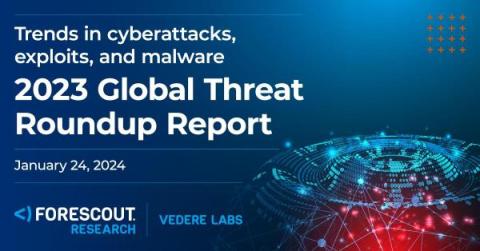Twelve Common Types of Malware
Malware is malicious software that cybercriminals use to infect a victim’s device. Cybercriminals use malware to gain control of the device, damage it or steal sensitive information. They use different types of malware to infect and exploit a user’s device. Some common types of malware include ransomware, Trojans, spyware and keyloggers. Continue reading to learn more about these types of malware, how they get delivered and how to stay protected from them.










